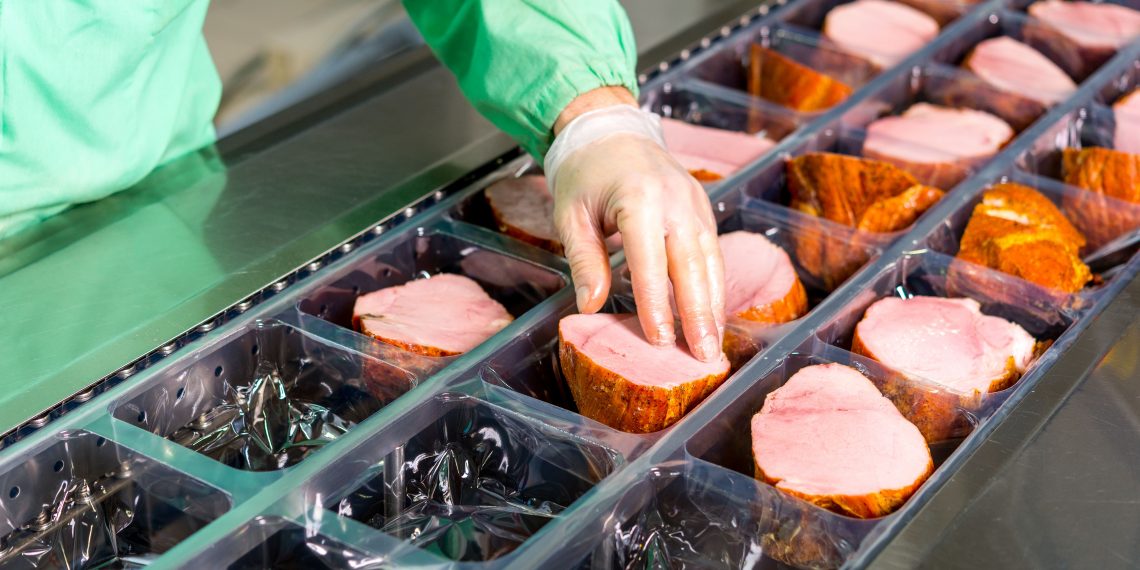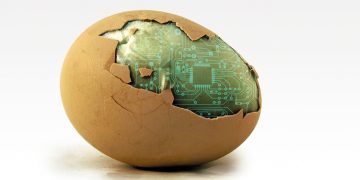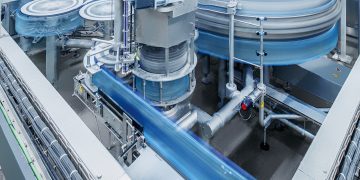By Eric Whitley-Food manufacturing is one of the most regulated industries in the United States and worldwide. The ultimate reason for all this regulatory oversight is obvious: to prevent the contamination of food.
Sound, world-class maintenance measures are required to ensure the highest standards of food safety. Maintenance comes in both reactive and proactive forms. The focus must be on the latter however, since reacting to a maintenance issue in a food production facility could mean contamination has already occurred. This article will provide a brief insight into how predictive maintenance is changing the face of food manufacturing.
Predictive maintenance fundamentals
Predictive maintenance is a proactive approach to maintenance management, and as its name suggests, the aim is to help predict when maintenance should be performed. It is a data-driven form of maintenance designed to analyze the current condition of equipment and machinery in order to plan for needed interventions.
Predictive maintenance achieves this by using predictive analytics that estimate potential (future) failure points. The goal is to then schedule corrective maintenance prior to the probability of these failure points occurring. Maintenance can thus be scheduled in advance, and when it is most convenient and cost-effective to do so. Other aspects of this maintenance include condition monitoring, asset health evaluation, and prognostics.
There are multiple benefits to predictive maintenance, including:
- Enabling early fault detection, i.e. halting impending failures
- Reduced risk of disruptions to production and downtime
- Improved performance of production-related assets
- Optimizing the lifespan of machinery and equipment
- Overall savings in production costs due to greater asset efficiencies
More cost-efficient maintenance costs are a further benefit. It has been estimated that predictive maintenance can reduce the mean time to repair (MTTR) by 60%.
Predictive maintenance technology
Predictive maintenance is centered around equipment that must constantly monitor, record, and analyze equipment, known as condition monitoring. Smart technology is at the core of much of this predictive technology, including the Industrial Internet of Things (IIoT), artificial intelligence (AI), and machine learning. An IIoT platform can be connected to a host of wireless sensors and probes that monitor everything in food processing operations – from temperature and conductivity to vibration and pressure levels.
These technologies allow monitoring systems to be interconnected and action data in tandem with each other. So, for example, an AI-driven sensor in a filter system can collaborate in real-time with other sensors, so that production-wide data analysis and aggregations can be done on a continuous basis.




















